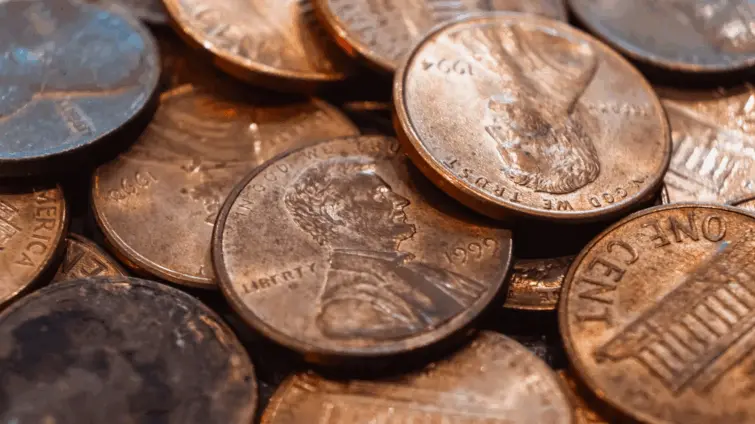The fate of the penny hangs in the balance. The US Treasury Department has officially announced that production of one-cent coins will cease next year, signaling a potentially monumental shift for a coin that has been a fixture of American currency for over two centuries. Citing unsustainable production costs coupled with the penny’s diminished utility in an increasingly digital economy, the decision is sparking widespread debate about the penny’s true value and enduring purpose. Could this be the end of pocket change as we know it?
The announcement, initially reported by the Wall Street Journal, has prompted questions about the future of small transactions and the broader implications for the nation’s financial ecosystem. This article delves into the underlying reasons driving this decision, explores its potential impacts on consumers and businesses, and considers what it signifies for the future of currency in the United States, drawing upon information released directly by the US Treasury.
Over the past decade, the cost to produce a penny has surged dramatically. According to data released by the Treasury, the expense has risen from 1.3 cents to a staggering 3.69 cents per coin. This means that it now costs more to manufacture a single penny than the coin is actually worth. This simple economic reality forms the core rationale behind the decision to halt production.
The US Mint estimates that by ceasing penny production, the government could realize immediate annual savings of approximately $56 million. These savings would primarily stem from reduced expenditures on raw materials, specifically zinc and copper, which constitute the bulk of the penny’s composition.
The debate surrounding the penny’s continued existence is far from new. For years, economists, policymakers, and everyday citizens have questioned its practicality in a modern economy. Critics have long argued that the penny represents a wasteful allocation of resources, diverting valuable funds that could be better utilized elsewhere. Conversely, staunch supporters of the penny contend that its presence helps keep prices in check, preventing retailers from rounding up to the nearest nickel, and that it serves as a vital fundraising tool for charitable organizations.
The penny holds a unique place in American numismatic history as one of the first coins ever produced by the US Mint. Its initial minting dates back to 1793, marking the beginning of its long and storied journey through the nation’s economic landscape.
Even Elon Musk weighed in on the debate, with his “Department of Government Efficiency (Doge)” highlighting the excessive cost associated with minting pennies in a post on X, formerly known as Twitter. This high-profile commentary further amplified public awareness of the issue and contributed to the growing momentum for change.
So, what tangible effects will this decision have on the daily lives of Americans? The Wall Street Journal reports that businesses will be forced to round prices up or down to the nearest nickel for cash transactions. This could potentially lead to minor price adjustments for certain goods and services.
“Confirming the WSJ story, the Treasury has made its final order of penny blanks this month and the United States Mint will continue to manufacture pennies while an inventory of penny blanks exists,” a Treasury spokesperson stated, underscoring the definitive nature of the policy shift.
The United States is not alone in grappling with the question of low-value coinage. Canada made the decision to discontinue its one-cent coin back in 2012, citing similar concerns about escalating minting costs and the coin’s diminishing purchasing power.
While the UK has not entirely scrapped its 1p and 2p coins, it notably refrained from minting any new coins in 2024 due to the abundance of coins already in circulation. Production volumes have fluctuated in recent years in response to the proliferation of cashless payment methods.
The US Treasury’s decision to halt the production of the penny undoubtedly represents a significant turning point, one that carries both economic and cultural weight. Fueled by unsustainable production costs and the penny’s dwindling practical relevance, this move echoes similar choices made by other nations around the globe. While the penny boasts a rich heritage in the United States, its gradual disappearance mirrors the ongoing transformation of currency in the digital era. The official confirmation from the Treasury, reinforced by data from the US Mint and insights from influential figures like Elon Musk, paints an unmistakable picture: the reign of the penny is coming to an end. The only question that remains is what lasting impact this will have on consumers and businesses alike.
Image Source: MYJOYONLINE





















